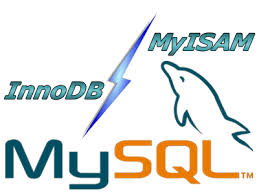Data in MySQL is saved in data files (or memory) using a variety of different methods. Each of these methods implement different storage space systems, listing features, securing levels and eventually provide a range of different features and abilities. By selecting a different strategy you can gain additional speed or performance benefits that will enhance the overall performance of your application.
You can configure the mysql database to use Innodb Storage engine . Just follow following simple steps for this.
1) Open your file /etc/my.cnf.
2) Comment the line
skip-inndob
3)Add:
default-table-type=innodb
4) Now save the file and restart the mysql service on the server.
5) Now check if the engine has changed with the below command:
[root@server~]# mysql Welcome to the MySQL monitor. Commands end with ; or \g. Your MySQL connection id is 1 Server version: 5.0.92-community MySQL Community Edition (GPL) Type ‘help;’ or ‘\h’ for help. Type ‘\c’ to clear the current input statement. mysql> show engines; +————+———+—————————————————————-+ | Engine | Support | Comment | +————+———+—————————————————————-+ | MyISAM | YES | Default engine as of MySQL 3.23 with great performance | | MEMORY | YES | Hash based, stored in memory, useful for temporary tables | | InnoDB | DEFAULT | Supports transactions, row-level locking, and foreign keys | | BerkeleyDB | NO | Supports transactions and page-level locking
This should now change the storage engine for MySQL on the server.
If you are facing error with named service you check our post here.
